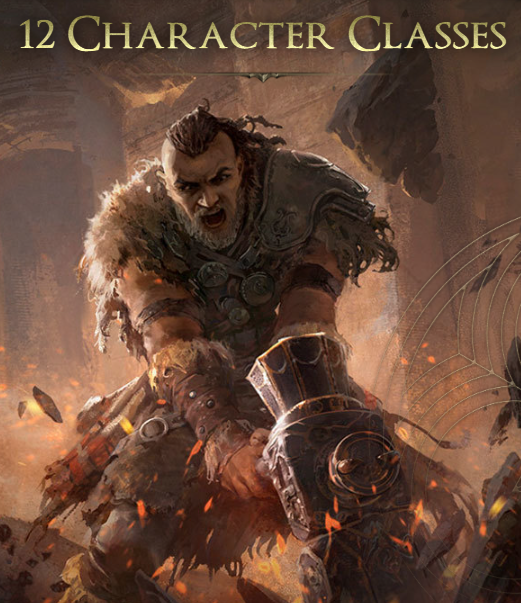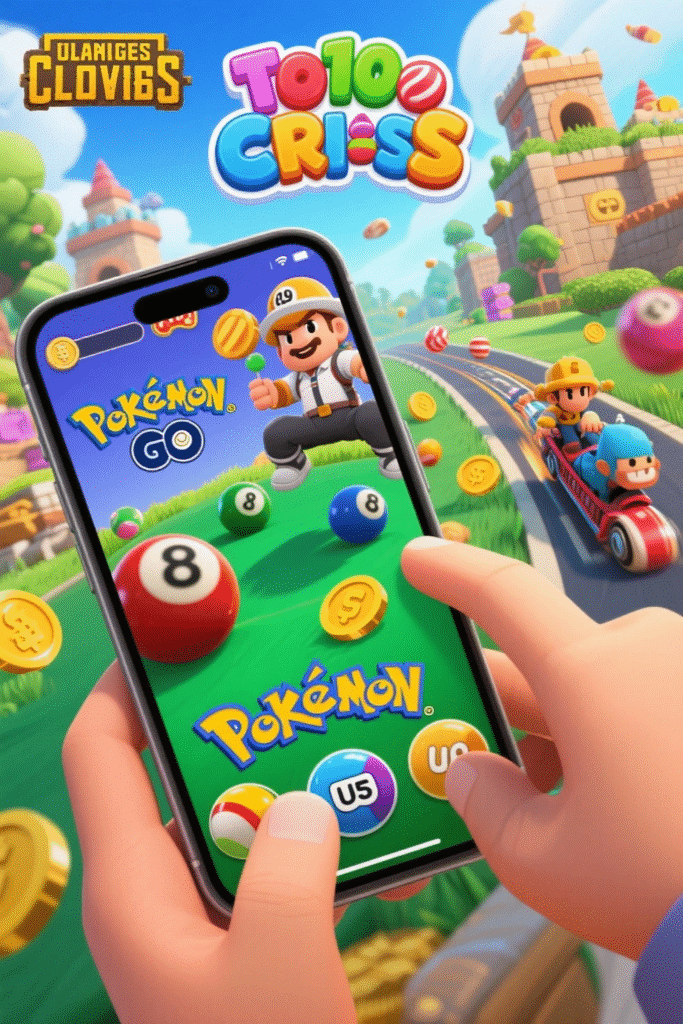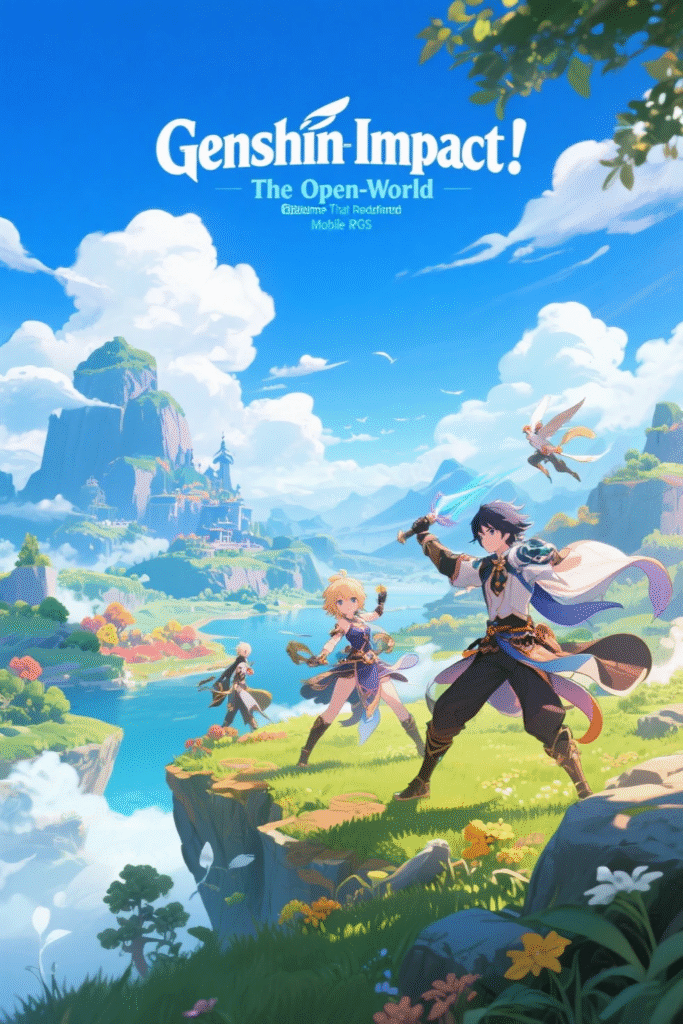The Enduring Magic of Chess: History, Strategies & Online Evolution
Explore timeless strategies, the fascinating history of chess, and its digital rebirth online.
Chess: A Timeless Strategy Game That Still Reigns Supreme
Often called the “Game of Kings,” chess is more than a pastime—it’s a mental battlefield, a mirror of intellect, and a global phenomenon that’s stood the test of time. Whether you’re a curious beginner or a seasoned tactician, chess has something to offer. In this article, we delve into the history of chess, essential chess strategies, and how online chess has redefined the game for a new generation.
1. A Brief History of Chess: From Chaturanga to Checkmate
The origins of chess trace back to 6th century India, where it was first known as Chaturanga. As it spread to Persia, it evolved into Shatranj, eventually reaching the Islamic world and then Europe during the Middle Ages.
Modern chess, with its fast queen and bishop, emerged in the 15th century and quickly gained popularity across European courts. Its transformation over centuries highlights not just its timeless nature, but its cross-cultural appeal.
Fun Fact: The word “checkmate” comes from the Persian phrase Shāh Māt, meaning “the king is helpless.”
2. Legendary Chess Games That Shaped the Game
One of the most famous games in chess history is the Immortal Game, played in 1851 between Adolf Anderssen and Lionel Kieseritzky. Known for daring sacrifices and brilliant combinations, it remains a masterpiece of aggressive play.
Studying classic games allows players to grasp the logic and art behind every move. Many online platforms let you replay legendary matches with commentary, helping you grow as a player.
Pro Tip: Try replaying famous games while guessing the next move to train your pattern recognition.
3. Essential Chess Strategies to Elevate Your Game
The Gambit Game
A gambit sacrifices a pawn or piece for rapid development and pressure. The King’s Gambit (1. e4 e5 2. f4) is a bold opening designed to dominate early play.
The Hypermodern Revolution
Hypermodern strategies challenge classical ideas by controlling the center from afar. For instance, the Nimzo-Indian Defense uses pieces to influence the board instead of central pawns.
Endgame Essentials
Endgames test precision and patience. Key techniques include the concept of opposition in king-pawn endgames and the shouldering technique in rook battles.
Chess Tip: Practice basic endgames against AI with just a few pieces to reinforce winning patterns.
4. Chess and the Mind: The Psychological Edge
Chess is as psychological as it is logical. Success often depends on mental stamina, focus, and emotional regulation. Techniques like visualization, mindfulness, and profiling your opponent’s tendencies give you a real competitive edge.
5. The Rise of Online Chess: A Digital Renaissance
The growth of online chess has connected players across the globe. Websites like Chess.com and Lichess.org offer free games, lessons, and tournaments.
- 🎮 Play instantly with millions of users
- 📺 Watch grandmasters stream and explain games live
- 🧠 Train with puzzles and AI opponents
Chess is more accessible than ever before, creating communities and sparking curiosity among people of all ages.
Conclusion: The Game That Never Grows Old
Chess is more than just a game. It’s a lifelong learning journey, a mirror of human intelligence, and a global language of strategy. Whether you’re discovering your first opening or refining your endgame, there’s always a new move to master.
So go ahead—set up the board, make your move, and unlock the world of chess.


















Hello .!
I came across a 117 interesting platform that I think you should browse.
This resource is packed with a lot of useful information that you might find interesting.
It has everything you could possibly need, so be sure to give it a visit!
https://askanyquery.com/mind-over-money-psychological-tricks-to-boost-your-savings/
Hello !!
I came across a 117 interesting tool that I think you should take a look at.
This resource is packed with a lot of useful information that you might find helpful.
It has everything you could possibly need, so be sure to give it a visit!
https://anteupmagazine.com/2025/01/22/strategies-for-transitioning-from-live-to-online-poker-play/